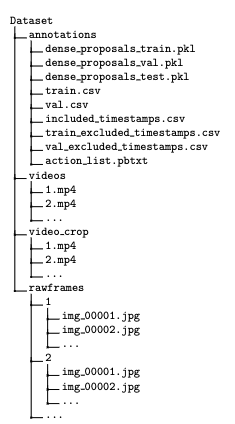我是一个全新的解析,无法找到任何没有过时的教程,也没有提出更多的问题.我有一个简单的xml文件url我试图解析. xml非常简单:
<xml>
<record>
<EmpName>A Employee</EmpName>
<EmpPhone>111-222-3333</EmpPhone>
<EmpEmail>[email protected]</EmpEmail>
<EmpAddress>12345 Fake Street</EmpAddress>
<EmpAddress1>MyTown,Mystate ZIP</EmpAddress1>
</record>
</xml>
并且只想将其保存为NSDictionary(标记为键和数据作为值).到目前为止,我能够成功完成的是在控制台中打印xml字符串:
let url = NSURL(string: "http://www.urlexample.com/file.xml")
let task = NSURLSession.sharedSession().dataTaskWithURL(url!) {(data,response,error) in
println(Nsstring(data: data,encoding: NSUTF8StringEncoding))
}
print(task)
task.resume()
我已经完成了我发现的任何在线教程,这些教程要么过时,要么过于复杂.任何帮助表示赞赏.
过程很简单:
>创建XMLParser对象,并将数据传递给它.
>指定该解析器的委托.
>启动解析.
所以,在Swift 3/4中,它看起来像:
let task = URLSession.shared.dataTask(with: url) { data,error in
guard let data = data,error == nil else {
print(error ?? "UnkNown error")
return
}
let parser = XMLParser(data: data)
parser.delegate = self
if parser.parse() {
print(self.results ?? "No results")
}
}
task.resume()
问题是如何实现XMLParserDelegate方法.三个关键方法是didStartElement(准备接收字符的地方),foundCharacters(处理解析的实际值)和didEndElement(保存结果的地方).
您询问了如何解析单个记录(即单个字典),但我将向您展示解析其中一系列的更一般模式,这是XML的一种常见情况.如果你不需要一个值数组(或者只是抓住第一个值),你显然可以看到如何简化这个.
// a few constants that identify what element names we're looking for inside the XML // a few constants that identify what element names we're looking for inside the XML let recordKey = "record" let dictionaryKeys = Set<String>(["EmpName","EmpPhone","EmpEmail","EmpAddress","EmpAddress1"]) // a few variables to hold the results as we parse the XML var results: [[String: String]]? // the whole array of dictionaries var currentDictionary: [String: String]? // the current dictionary var currentValue: String? // the current value for one of the keys in the dictionary
和
extension ViewController: XMLParserDelegate {
// initialize results structure
func parserDidStartDocument(_ parser: XMLParser) {
results = []
}
// start element
//
// - If we're starting a "record" create the dictionary that will hold the results
// - If we're starting one of our dictionary keys,initialize `currentValue` (otherwise leave `nil`)
func parser(_ parser: XMLParser,didStartElement elementName: String,namespaceURI: String?,qualifiedname qName: String?,attributes attributeDict: [String : String]) {
if elementName == recordKey {
currentDictionary = [:]
} else if dictionaryKeys.contains(elementName) {
currentValue = ""
}
}
// found characters
//
// - If this is an element we care about,append those characters.
// - If `currentValue` still `nil`,then do nothing.
func parser(_ parser: XMLParser,foundCharacters string: String) {
currentValue? += string
}
// end element
//
// - If we're at the end of the whole dictionary,then save that dictionary in our array
// - If we're at the end of an element that belongs in the dictionary,then save that value in the dictionary
func parser(_ parser: XMLParser,didEndElement elementName: String,qualifiedname qName: String?) {
if elementName == recordKey {
results!.append(currentDictionary!)
currentDictionary = nil
} else if dictionaryKeys.contains(elementName) {
currentDictionary![elementName] = currentValue
currentValue = nil
}
}
// Just in case,if there's an error,report it. (We don't want to fly blind here.)
func parser(_ parser: XMLParser,parseErrorOccurred parseError: Error) {
print(parseError)
currentValue = nil
currentDictionary = nil
results = nil
}
}
对于Swift 2的再现,请参阅previous revision of this answer.






